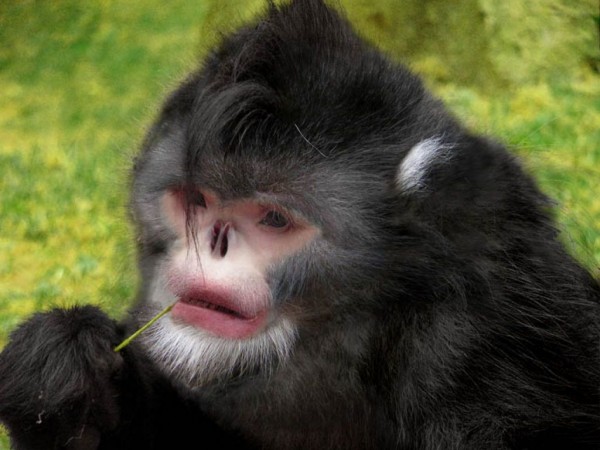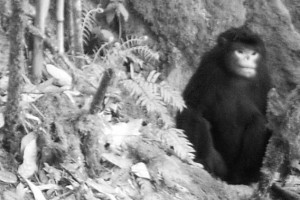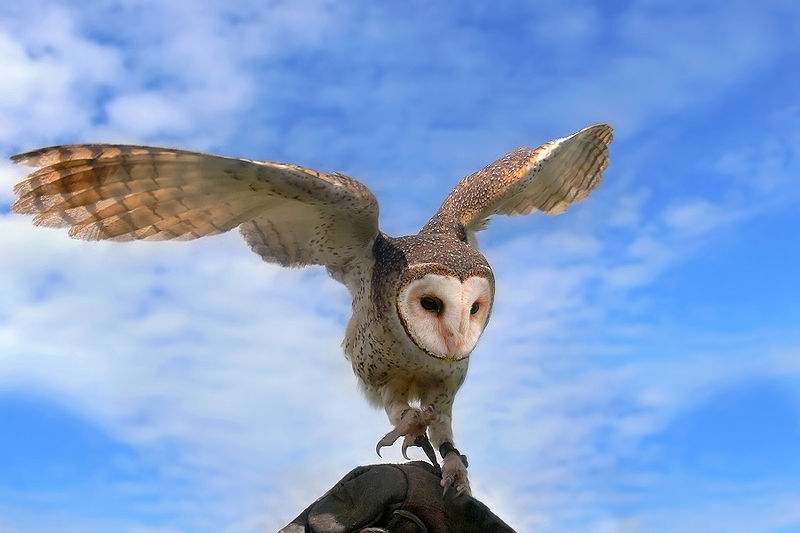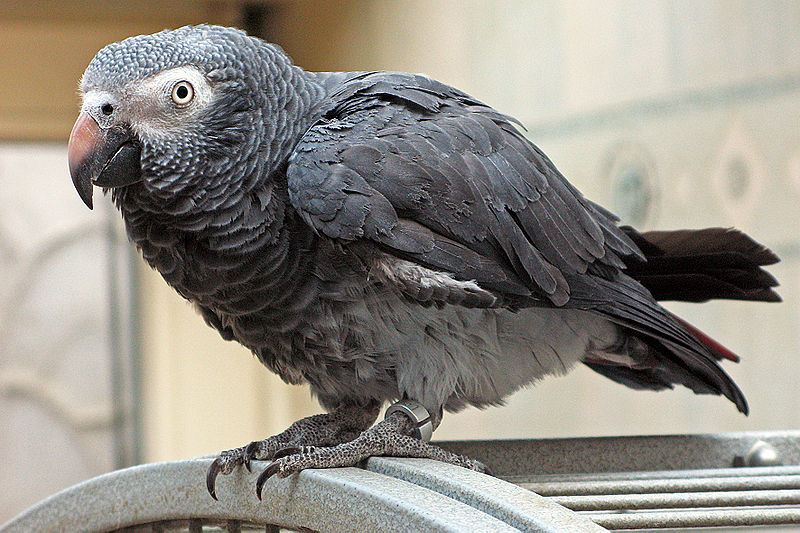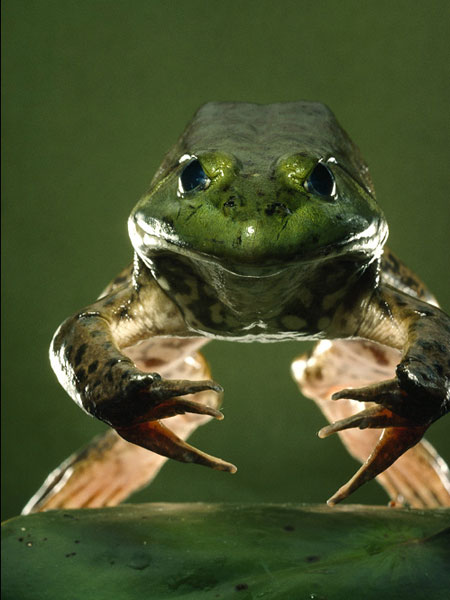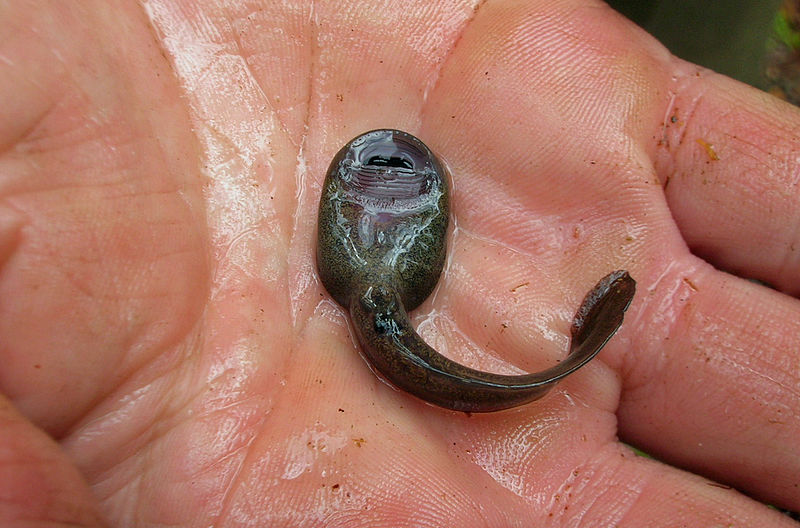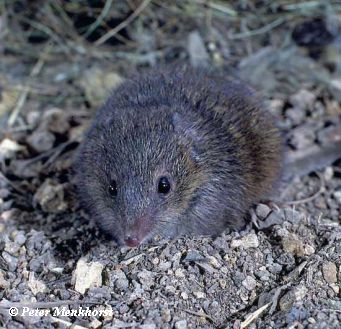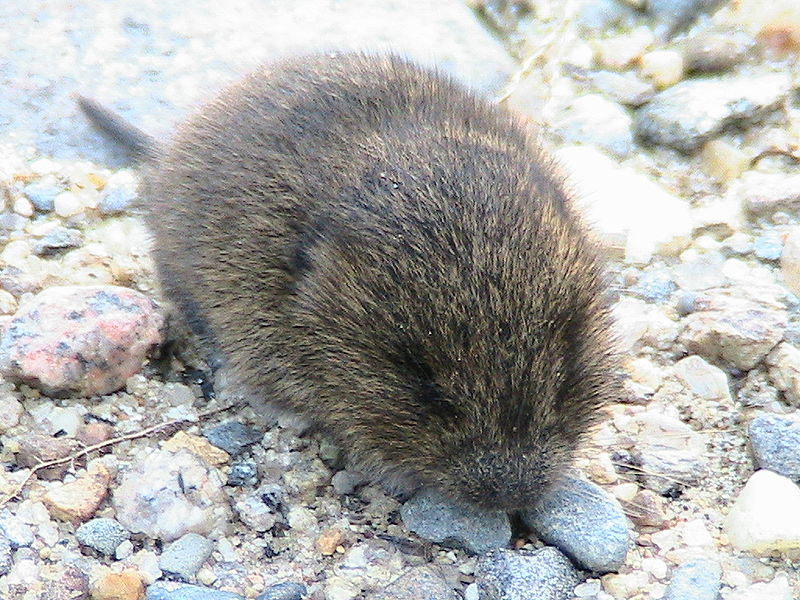Before we get into today’s Wild Fact, I wanted to give a quick shout out to my Mom, who is celebrating her birthday today. Happy Birthday and thank you for being the biggest fan of Wild Facts. Your encouragement and support have always been appreciated. I dedicate Wild Fact #8 to you.
Cool Facts About the Burmese Snub-Nosed Monkey
- The Burmese Snub-Nosed Monkey is also known as the Myanmar Snub-Nosed Monkey. Some of the locals call this particular monkey species “myuk na tok te” which apparently means “monkey with an upturned face”
- This peculiar monkey species is relatively new to the world as they were first discovered in 2010 and formally described in 2011. They are so new they still have that new monkey smell to them
- The scientific name of the Burmese Snub-Nosed Monkey is Rhinopithecus strykeri, which is named in honour of philanthropist Jon Stryker, who sponsored the project that lead to the discovery. Thank you Jon for funding this amazing expedition.
Turn That Nose Upside Down
Okay, so what is up with their face? Well, besides the white moustache, pink skin and protruding ear tufts, these monkey’s seem to have a nose that is upturned.
Now, that is the million dollar question. Unfortunately, I don’t have a great answer for you, however, locals (who were aware of this monkey long before science ever knew they existed) have noticed a peculiar behaviour as a result of these upturned nostrils. Apparently, these monkey’s are quite easy to find when it rains as they often get water in their upturned nose causing them to sneeze quite loudly. Incidentally, this has forced the beloved monkey’s to sit with their head between their legs during any heavy rainstorms. That is probably way better than constantly getting water up (or down?) your nose.
Separated From Their Family
For the longest time, Snub-Nosed Monkey’s such as the Golden Snub-Nosed Monkey were thought to only exist in China and Vietnam. Apparently we can now add Myanmar to the list. Apparently, researchers have indicated that the Mekong and Salween Rivers have isolated this particular Snub-Nosed Monkey from any of their relatives causing them to evolve in complete isolation. It is interesting to think that these physical barriers are the cause for such an intriguing little monkey evolving the way that it did. I wonder if the Burmese Snub-Nosed Monkey curses those physical barriers during the rainy season?
Wild Fact Flashback – Wild Fact #992 – A Death in the Family

